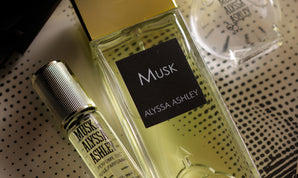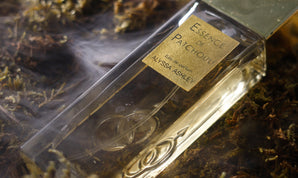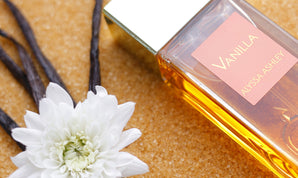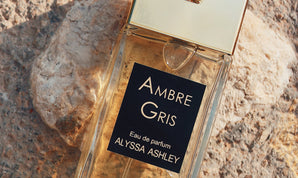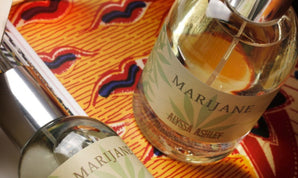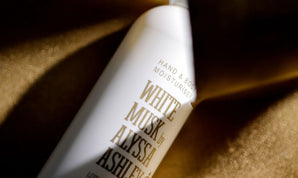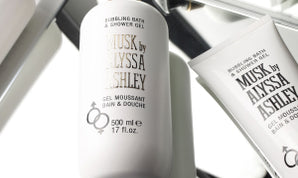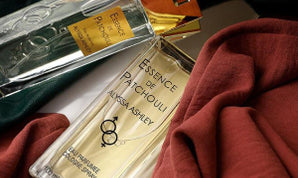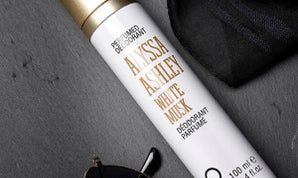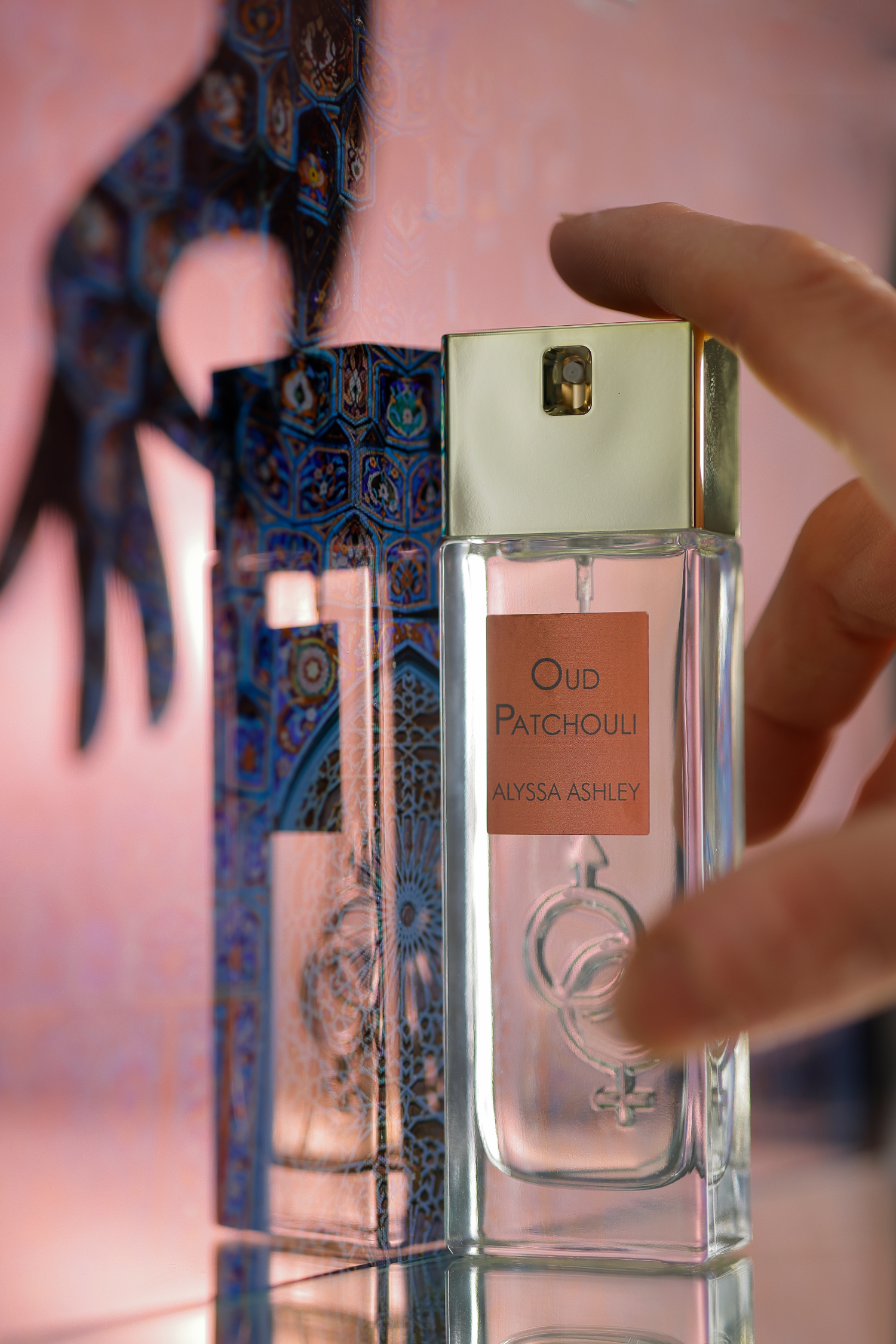Oud has been among the very trendy and fashionable notes for some years now, it’s a resin that is found in the Aquilaria Crassna trees.
It is also known as Oudh or Agarwood.
The moment trees are attacked and infected by a particular type of fungus, they try to defend themselves by producing Oud. It’s an aromatic and valuable substance for us to use in perfumery.
In order to verify if the tree has been infected, the tree must be cut as the resin does not ooze out, it remains inside the trunk.
To prevent the neglect of these lands and the exploitation of the life cycle of the plants, it’s essential that the plantations be controlled.
Fortunately, the Convention on International Trade in Endangered Species (CITES) regulates this raw material.
The essential oil is obtained by steam distillation of the resin, and the precious Oud can cost over 30 thousand euros per kilogram, making it easy to come across counterfeit products.
They are considered as rare materials, so rare that no one has ever heard of them, so the sources and traceability of the raw material cannot be verified.
Most perfumes contain:
- Oud bases (all considered precious)
In fact, there are bases created by the most prestigious essence houses, such as Givaudan's Agarwood Orpur, Firmenich's Oud Firbest, Blackwood and Oud 10760E also by Firmenich.
- Reconstructions (a blend of natural and synthetic materials)
Some of the natural ones are distilled, such as Nagarmotha, which belong to the same family as papyrus and its rhizomes. Or they are a blend of synthetic materials: Karmawood (IFF), Norlimbanol ( Firmenich ), Cashmeran ( IFF ).
Choosing a base, or a reconstruction, over natural is not just an economic issue. Many crops have problems with phthalate pollution.
The reasons for such contamination can be many, the biggest being that of oil in contact with plastic.
It has been proven that even by removing any petroleum derivative and source of organic chemicals, whether from cultivation, inoculation or extraction, traces of phthalates are still detected in Oud oil.
Right now, the only way to make the material totally safe and compliant with current regulations is probably to fractionate it to remove harmful particles.
The process is expensive, has to be done in Europe and adds cost to an already expensive raw material in itself.
But what is the olfactory profile of Oud? Let us assume that there is no single profile, because it depends on the origin of the raw material, it is however among the most complex and rich aromas in nature.
It’s not true that Agarwood oil has a strong smell reminiscent of cheeses and unclean stables. The opening notes are usually powerful, this is true, rustic, woody, but there is no shortage of fruity, sweet melodies and a strong woody undertone made of shavings and a smell of fresh paint.
Confirming the versatility of Oud and the many facets of this precious note, there is an upcoming new release from Alyssa Ashley.
I cannot reveal the full pyramid, but in its evolution I detect creamy notes and woody undertones.
Some interesting facts:
- White Oud, also called Gaharu Buaya, differs from the classic resin, developed in the hotel from the botanical name Aetoxylon Sympetalum.
The top notes are warm, moist, almost smoky, while the heart develops a soft, peppery aroma.
The raw material, which blends perfectly with white flowers.
- Wood from a plant untouched by mold is soft, white and completely odorless.
- Agar wood, in the form of shavings, is burned on special braziers to scent homes and clothes, especially in the Middle East.
- Ko-Doh is the fragrance listening for Japanese art, during which different types of Jinko ( the name by which Oud is called in Japan ) are burned.
